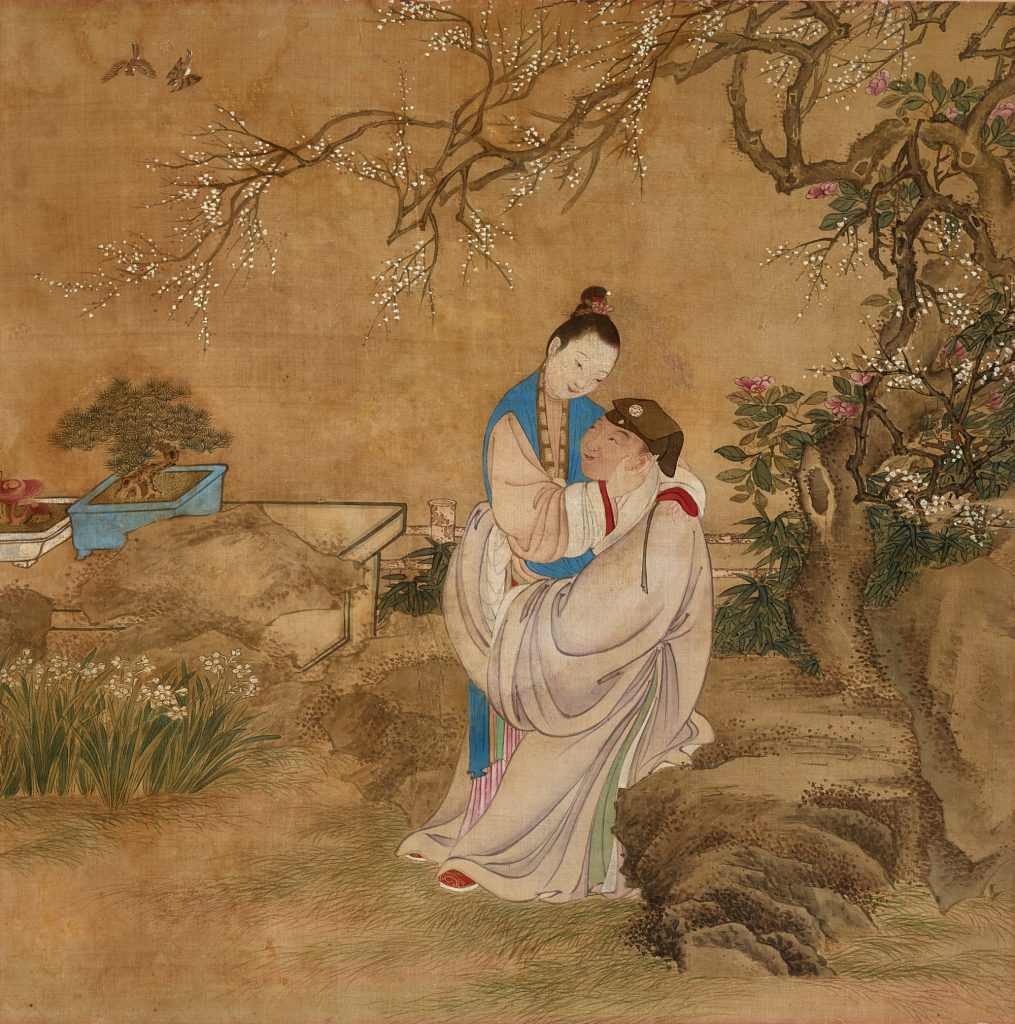Story: PHAM MINH QUAN
Photos: INTERNET
In stories around the world, love takes many forms but its essence remains eternal.

What exactly is love? It is one of the most common questions in the world, but one that remains difficult to answer. Each culture has many different terms for love in varying degrees, while each of us coming to a unique definition based on personal experience. One thing is certain: people cannot exist without love.
Erich Fromm, a 20th-century German social psychologist, famously summarized the principle of love: “Infantile love follows the principle: ‘I love because I am loved.’ Mature love follows the principle: ‘I am loved because I love.’ Immature love says: ‘I love you because I need you.’ Mature love says: ‘I need you because I love you.’” In effect, love is not unchangeable. There is purity, desire, delusion, possessiveness, duty and sacrifice in love.
Since the beginning of literature, the theme of love has held a prominent place. Literature has described love in many nuances over the centuries: romantic love, carnal love, spiritual love, impossible love, lost love, unrequited love. Many of the greatest literary classics around the world, and here in Vietnam, are about love.
Intense but tragic love was a central theme in ancient and medieval European literature. Pyramus and Thisbe, Antony and Cleopatra, Tristan and Isolde, Lancelot and Guinevere, Aeneas and Dido, Troilus and Criseyde, Dante and Beatrice, Petrarch and Laura, Romeo and Juliet, all became literary embodiments of star-crossed. These pairs is not just lovers struggling against loneliness, but also against the world. The tragic affair of Antony and Cleopatra represents the struggle against empire, Tristan and Isolde represent loyalty, Dante and Beatrice represent the great distance between two worlds and Romeo and Juliet represent family rivalry.
Western literature has also seen a shift from historical archetypes to fictional characters, and from male-centered to female perspectives, in which love is extended to issues such as social conflict, freedom, gender and identity. The characters Madame Bovary and Anna Karenina in eponymous novels by Gustave Flaubert and Lev Tolstoy, respectively, represent a radical view of women and marriage. They are both women who are displeased with their prescribed roles and seek to break free from the social contract to pursue happiness, despite the high price.
Anna Karenina and Emma Bovary demonstrate women’s struggles that continue today. In examining Vietnamese literature, particularly medieval, one can clearly see a Confucian influence that emphasizes the function of educating and self-cultivation. Love, which was moderated and slighted, had to prioritize larger sentiments such as loyalty to the monarch and love for the country. However, love can still be found in folklore through poetic images (“for whom the scarf misses, scarf falls to the ground,” as one folk song goes) and classic love stories.

Nguyen Du’s The Tale of Kieu, an epic of Nom poetry demonstrates the faithful love between Thuy Kieu and Kim Trong despite many obstacles. Even in the context of Confucian standards, Nguyen Du was able to extol the power of love and the determination of Kieu to endure.
Another romantic love that is not forced or restrained by feudal rites, is between Pham Kim and Truong Quynh Thu in poet Pham Thai’s The New Tale of Comb and Mirror, written in the early nineteenth century. Although the semi-autobiographical story of Pham Kim and Truong Quynh Thu ended in pain and separation, their love is immortalized in literature, bringing a happy ending through reincarnation and reunion beyond reality.
When cultural exchange with the West began in the modern era, the face of love in Vietnamese literature changed, bringing new difficulties. To Tam (1925) by Hoang Ngoc Phach, widely regarded as Northern Vietnam’s first love novel, tells the story of true love resisting a marriage arranged by parents. And in some of Tu Luc van doan’s (Self-Reliant Literary Association) works, the theme of love as a protest against obsolete social values can be found.
Readers of literature of any age will discover that the essential concept of love survives throughout countless manifestations. Thus, whether one encounters the tender longing of Shakespeare, the unattainable desire of Jane Austen or the love that confronts prejudices in the works of Nhat Linh and Khai Hung, the message of love in its myriad forms remains the same: “Love is simply love.”










